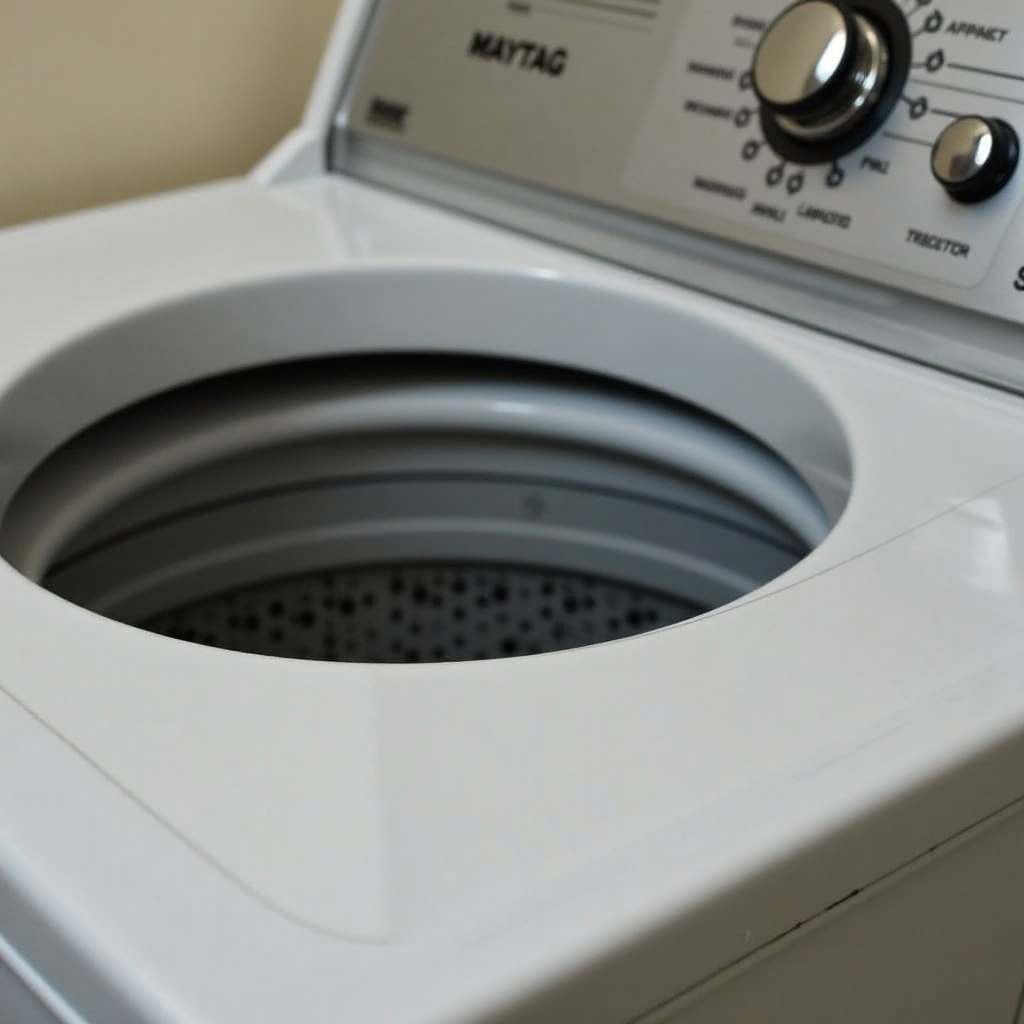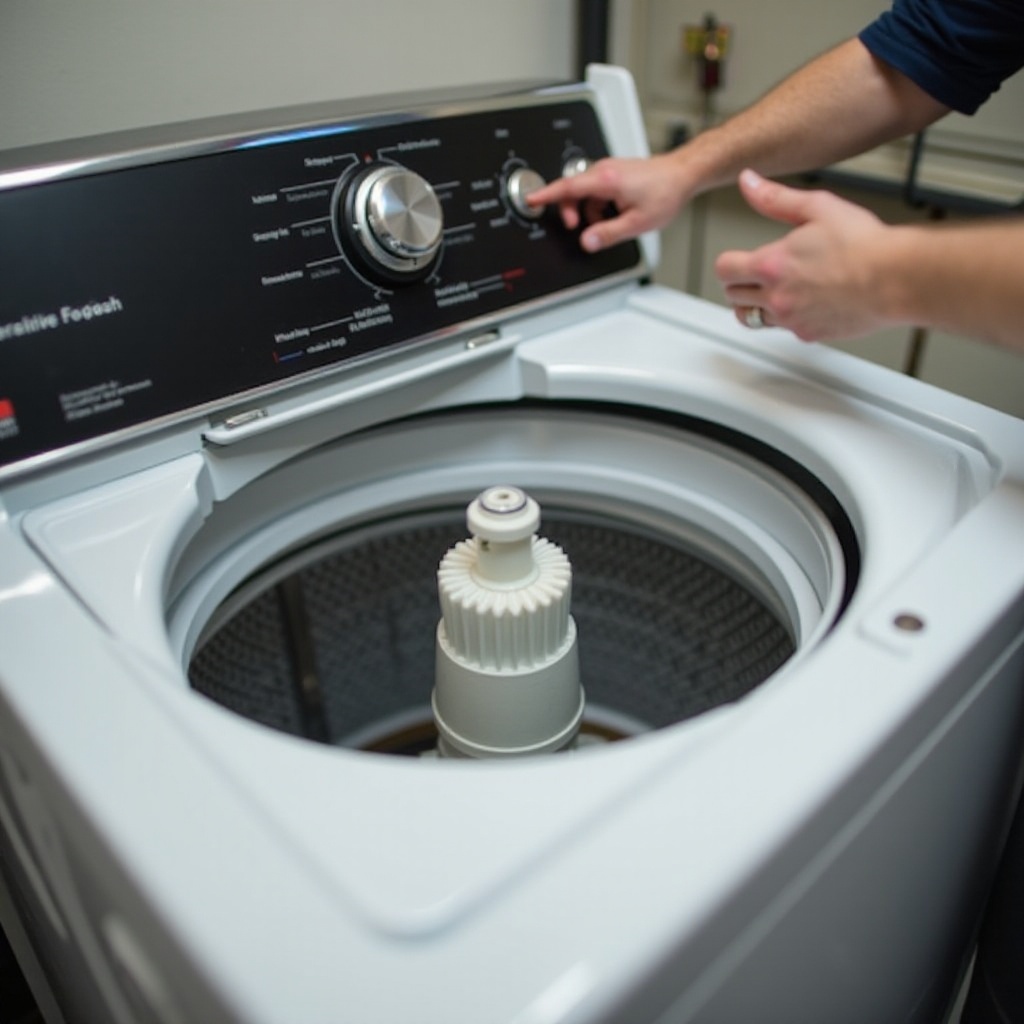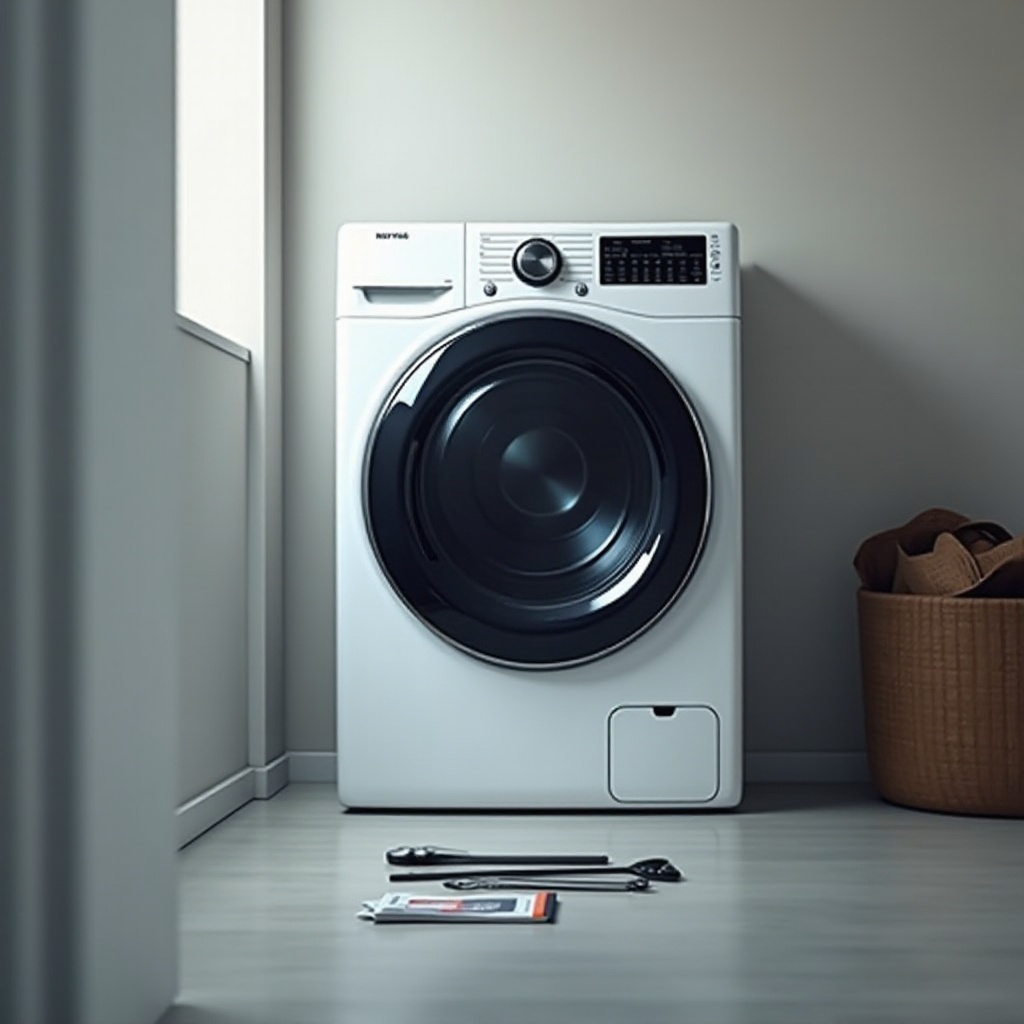Introduction
A malfunctioning washing machine can disrupt your household chores. When a Maytag washer spins perfectly fine but fails to agitate, it can leave your clothes improperly cleaned. Understanding the issue and how to fix it can save you from downtime and costly repairs. This article explores the reasons behind this specific problem and provides practical solutions you can implement at home.

Understanding the Agitation and Spin Cycle
Agitation and spinning are essential elements of the washing process, each serving a distinct function. Agitation is responsible for mixing clothes with water and detergent, essential for effective cleaning, while spinning extracts excess water post-rinse. When your washer spins but fails to agitate, the balance between these processes is disrupted.
Importance of Agitation in Washing Machines: Agitation ensures thorough cleaning by tumbling clothes through detergent and water. This movement helps dislodge dirt and stains, effectively cleaning the fabrics.
How Agitation and Spin Work Together: Agitation and spinning complement each other. Agitation works to loosen dirt, while spinning removes excess moisture, allowing for efficient drying. Without effective agitation, the wash results are poor.
Understanding these cycles helps identify and resolve agitation issues more accurately.
Common Causes of Agitation Issues in Maytag Washers
To effectively troubleshoot, it is key to recognize the common components that might be malfunctioning when your Maytag washer won't agitate.
Broken or Worn Agitator Dogs: These small plastic pieces grip the agitator, allowing it to move appropriately. Worn-out dogs result in a lack of agitation.
Malfunctioning Lid Switch: This device signals the washer to engage or stop. A defective switch might cause the machine to spin yet not agitate, assuming it's an open lid scenario.
Faulty Motor Drive Belt: Responsible for connecting the motor to the transmission, a loose or broken belt prevents the agitator from receiving adequate power.
Control Board Problems: As the washer's brain, a faulty control board can hinder proper operation, including agitation.
By identifying which part is causing the problem, one can implement the appropriate fix.
Diagnosing the Problem: Step-by-Step Guide
A methodical approach is essential when diagnosing the agitation issue. These steps can guide you through a thorough inspection.
Safety Precautions Before Inspection: Unplug your washer and turn off the water supply to prevent electrical shocks or water spills during inspection.
How to Inspect Agitator Components: Disconnect power, remove the agitator cap, then the bolt, and finally pull out the agitator. Check the condition of the agitator dogs and replace them if worn.
Testing the Lid Switch and Drive Belt: Using a multimeter, test the lid switch for continuity. If it doesn't pass, replace it. Examine the drive belt for wear or looseness, and replace it if it's damaged.
These checks enable you to pinpoint defects and address them efficiently.
DIY Repair Solutions for Agitation Problems
After the problem is diagnosed, applying a DIY solution can be both straightforward and rewarding.
Replacing Agitator Dogs: Buy a compatible set of agitator dogs. Remove the old ones and snap the new ones into place before reassembling the agitator.
Fixing or Replacing the Lid Switch: Disconnect the wires from the old switch, install a new one, and secure all connections, ensuring the washer operates correctly.
Changing the Motor Drive Belt: Use your washer's manual for instructions. Remove the faulty belt, fit the new one around the motor pulleys, and ensure proper tension before reassembly.
These repairs often only require basic tools and can save you significant service costs.

When to Seek Professional Help
While many issues can be tackled at home, understanding when to enlist professional help is crucial.
Recognizing Complex Technical Issues: If problems persist after DIY efforts, or if noticing additional operational issues, it might indicate a more severe mechanical or electrical issue.
Benefits of Professional Services: Professionals have the necessary tools and expertise to diagnose and fix complex issues quickly. Though potentially more costly, their involvement assures peace of mind and restores your washer's optimal function.
Knowing when to call a professional prevents further damage and costs.

Preventive Maintenance Tips for Maytag Washers
Preventive maintenance significantly reduces the frequency of washer malfunctions and prolongs device longevity.
Regular Inspection and Cleaning: Clean the drum regularly and inspect hoses for leaks or blockages to prevent buildup and promote smooth operation.
Proper Usage Practices: Avoid overloading the washer and apply the right amount of detergent. This reduces stress on the machine's components, preventing frequent breakdowns.
By incorporating these preventive steps, you maintain your washer's performance and extend its service life.
Conclusion
Dealing with a Maytag washer that won't agitate, though inconvenient, is manageable. Knowing the common causes and fixes empowers you to address the problem efficiently. Regular maintenance ensures your appliance remains functional and effective, turning washing into an unworried household task.
Frequently Asked Questions
Why does my washer spin but not agitate?
This often occurs due to worn agitator dogs, a faulty lid switch, or a broken drive belt that prevents proper agitation.
How do I reset my Maytag washer?
To reset, disconnect the power supply for a few minutes, then reconnect it. Select the desired wash cycle to reset the control board.
Can a faulty control board affect washer agitation?
Yes, as it controls the washer's operations. A malfunction can disrupt cycles, including agitation. Professional assessment may be needed.
